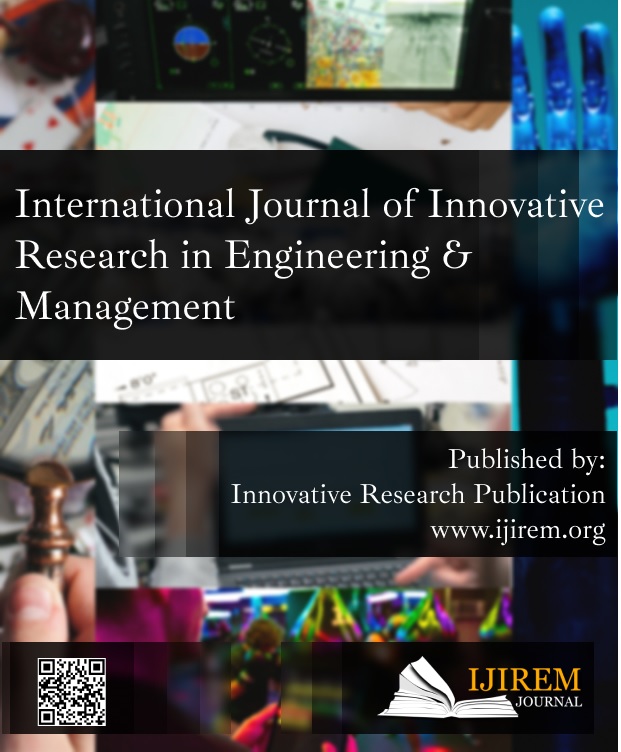A Review Study on Service Design Invention for Aquarium Customers Value
Keywords:
Aquarium, blueprinting, Customer Value, Grounded theory, Human Activity Modeling Service DesignAbstract
Aquarium business service is a relatively new subject of research in terms of consumer value. The goal of the research is to understand more about the service experiences of aquarium visitors. The purpose of the research is to see how an aquarist reacts to the actions of aquarium visitors. The cost of service varies based on the client's level of expertise and ability to do activities autonomously, as well as the physical qualities of the service. In the period of migrating from information asymmetry to information symmetry, customer service demands take on a variety of meanings. The study combined real-time observation with targeted in-depth interviews with aquarium-keeping customers (AKC) and aquarists using Human Activity Modeling (HAM). In the pilot study, features an aquarium variants available in the market were discovered through blueprinting of aquarium business services, brainstorming, and expert interviews (ABS). QSR NVivo software was utilized in combination with grounded theory. The customer value constellation map revealed five separate consumer values: planted-design,.exotic-marine, pet-companion, prosperity/evil protection aesthetic, and up-gradation. Aquarium users that have stated a service design requirement include hobbyists, children, businessmen, and children.
Downloads
References
H. Simon, Hidden champions of the twenty-first century: Success strategies of unknown world market leaders. 2009. [2] H. Simon, Hidden Champions of the Twenty-First Century. 2009.
M. A. Selvarasu, A. Sankaran, and R. A. Itoo, “SERVICE DESIGN INNOVATION FOR,” 2014.
V. Kumar, A. Sharma, N. Donthu, and C. Rountree, “Implementing integrated marketing science modeling at a non-profit organization: Balancing multiple business objectives at georgia aquarium,” Mark. Sci., 2015, doi: 10.1287/mksc.2015.0932.
Y. Kim, W. V. Van Bonn, T. G. Aw, and J. B. Rose, “Aquarium viromes: Viromes of human-Managed aquatic
systems,” Front. Microbiol., 2017, doi: 10.3389/fmicb.2017.01231.
T. L. Maple and V. D. Segura, “Advancing Behavior Analysis in Zoos and Aquariums,” Behavior Analyst. 2015, doi: 10.1007/s40614-014-0018-x.
R. Kagan, S. Allard, and S. Carter, “What Is the Future for Zoos and Aquariums?,” J. Appl. Anim. Welf. Sci., 2018, doi: 10.1080/10888705.2018.1514302.
T. L. Loh et al., “Quantifying the contribution of zoos and aquariums to peer-reviewed scientific research,” Facets, 2018, doi: 10.1139/facets-2017-0083.
A. L. Rhyne, M. F. Tlusty, J. T. Szczebak, and R. J. Holmberg, “Expanding our understanding of the trade in marine aquarium animals,” PeerJ, 2017, doi: 10.7717/peerj.2949.
L. A. Sauder, K. Engel, C. C. Lo, P. Chain, and J. D. Neufeld, “Candidatus Nitrosotenuis aquarius," an ammonia-oxidizing archaeon from a freshwater aquarium biofilter,” Appl. Environ. Microbiol., 2018, doi: 10.1128/AEM.01430-18.
M. Saraswat and R. C. Tripathi, “Cloud Computing: Comparison and Analysis of Cloud Service Providers AWs, Microsoft and Google,” 2020, doi: 10.1109/SMART50582.2020.9337100.
S. Jain, V. Jain, and S. Das, “Relationship analysis between emotional intelligence and service quality with special evidences from Indian banking sector,” Espacios, 2018.
M. I. Tabash, M. A. Albugami, M. Salim, and A. Akhtar, “Service quality dimensions of E-retailing of Islamic banks and its impact on customer satisfaction: An empirical investigation of Kingdom of Saudi Arabia,” J. Asian Financ. Econ. Bus., 2019, doi: 10.13106/jafeb.2019.vol6.no3.225.
V. Bhatnagar, J. Ranjan, and R. Singh, “Real-time analysis on finding significance of data mining on CRM of service sector organisations: An Indian perspective,” Int. J. Electron. Cust. Relatsh. Manag., 2011, doi: 10.1504/IJECRM.2011.041264.
K. G. Verma, B. K. Kaushik, and R. Singh, “Propagation delay variations under process deviation in driver interconnect load system,” 2010, doi: 10.1109/ARTCom.2010.105.
D. Agarwal, S. P. Tripathi, and J. B. Singh, “TrFRA: A trust based fuzzy regression analysis,” Int. Rev. Comput. Softw., 2010.
R. Khanna, S. Verma, R. Biswas, and J. B. Singh, “Implementation of branch delay in Superscalar processors by reducing branch penalties,” 2010, doi: 10.1109/IADCC.2010.5423045.
M. K. Rai, R. Khanna, and S. Sarkar, “Control of tube parameters on SWCNT bundle interconnect delay and power dissipation,” Microelectron. Int., 2014, doi: 10.1108/MI-03-2013-0016.
M. Purohit and S. Mushtaq, “Applications of laplace adomian decomposition method for solving time-fractional advection dispersion equation,” J. Math. Comput. Sci., 2020, doi: 10.28919/jmcs/4798.
S. Gupta, D. Kumar, J. Singh, and Sushila, “An Efficient Computational Technique for Nonlinear Emden-Fowler Equations Arising in Astrophysics and Space Science,” 2020, doi: 10.1007/978-3-030-39112-6_5.
J. Singh, M. M. Rashidi, Sushila, and D. Kumar, “A hybrid computational approach for Jeffery–Hamel flow in non
parallel walls,” Neural Comput. Appl., 2019, doi: 10.1007/s00521-017-3198-y.
A. Z. Bhat, V. R. Naidu, and B. Singh, “Multimedia Cloud for Higher Education Establishments: A Reflection,” 2019, doi: 10.1007/978-981-13-2285-3_81.
M. Payak and S. R. Kumbhar, “Development of FPGA based wireless single phase induction drive,” Int. J. Control Theory Appl., 2016.
W. Ghai, S. Kumar, and V. A. Athavale, “Using gaussian mixtures on triphone acoustic modelling-based punjabi continuous speech recognition,” 2021, doi: 10.1007/978- 981-15-1275-9_32.
K. Sharma and L. Goswami, “RFID based Smart Railway Pantograph Control in a Different Phase of Power Line,” 2020, doi: 10.1109/ICIRCA48905.2020.9183202.
